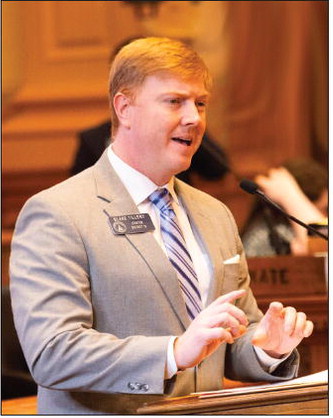Recognizing the symptoms of autism
Autism is a complex bio-neurological developmental disability that is complicated even further by the various ways people exhibit its symptoms. No two children with autism behave in the same way, so symptoms that are identifiable in one youngster will not necessarily be present in another. Learning the various ways that autism can manifest itself can be a good first step toward understanding the condition.
The National Autism Association notes that autism is a spectrum disorder, which means it can range from very mild to very severe cases. But the organization Autism Speaks notes that many people with autism have sensory issues that typically involve over- or undersensitivities to sounds, lights, touch, tastes, smells, pain, and other stimuli. Autism Speaks also indicates that people with autism may experience social communication challenges and exhibit restricted and repetitive behaviors.
Social communication challenges
Difficulty with verbal and nonverbal communication affects both children and adults with autism. Treatment, especially when it begins in early childhood, can help people with autism overcome some of these difficulties, which include: understanding spoken language using spoken language appropriately understanding or appropriately using gestures making eye contact understanding or appropriately using facial ex –
pressions
understanding or appropriately using tone of voice
People with autism also may not understand that certain expressions are not meant to be taken literally.
Autism Speaks also notes that additional social challenges may indicate the presence of autism. Such challenges can include difficulty with: recognizing emotions and intentions in others recognizing one's own emotions expressing emotions seeking emotional comfort from others feeling overwhelmed in social situations taking turns in conversation gauging personal space Restricted and repetitive behaviors
Behaviors associated with autism vary greatly across the spectrum. Someone with mild autism may not exhibit any such behaviors, while they may be instantly recognizable in others elsewhere on the spectrum. Autism Speaks notes that these behaviors may include: repetitive body movements, such as rocking, ap ping, spinning, or running back and forth
repetitive motions with objects, such as spinning wheels, shaking sticks and ipping levers staring at lights or spinning objects ritualistic behavior, such as lining up objects or re – peatedly touching objects in a set order narrow or extreme interests in specic topics a need for unvarying routine and a resistance to change. For example, someone with autism may need the same daily schedule and may need to eat the same meal menu and wear the clothes each day.
Autism is a complicated disorder that is often recognizable in young children by the time they reach their third birthdays. Parents who suspect their child might have autism can discuss their concerns with their child's
pediatricians.






